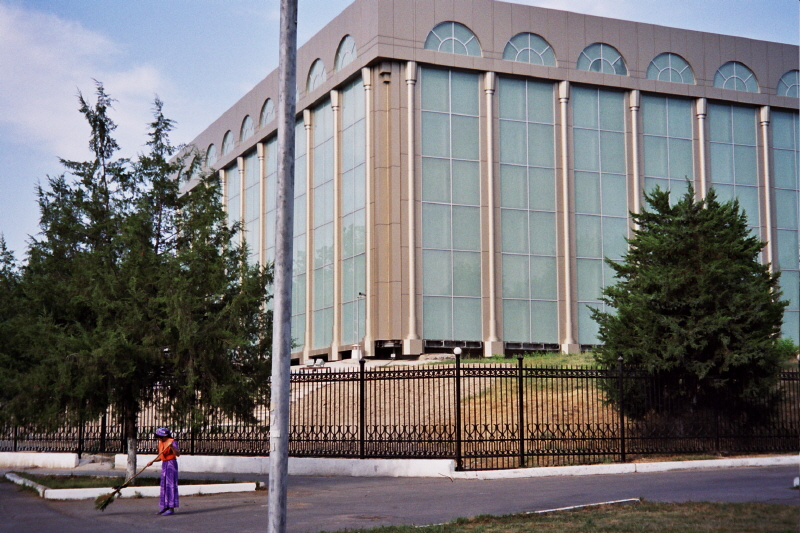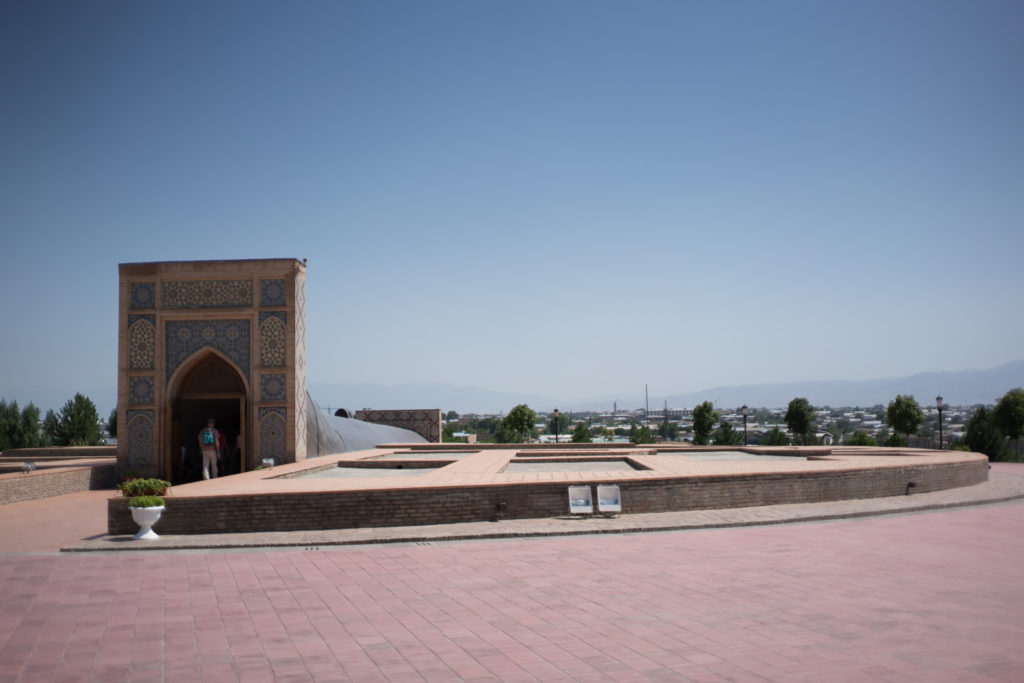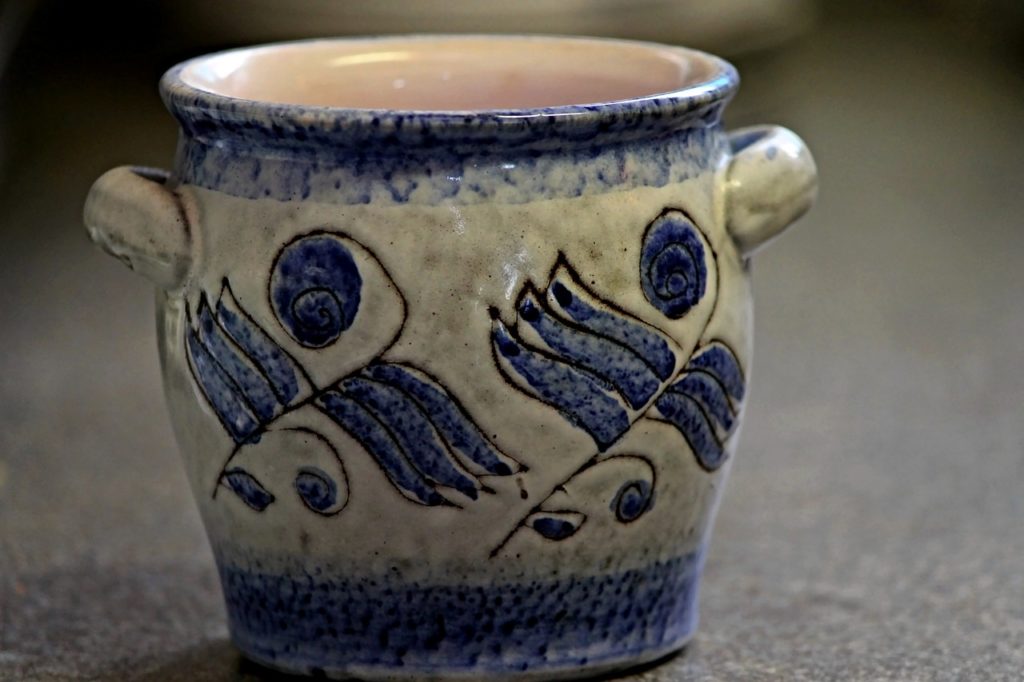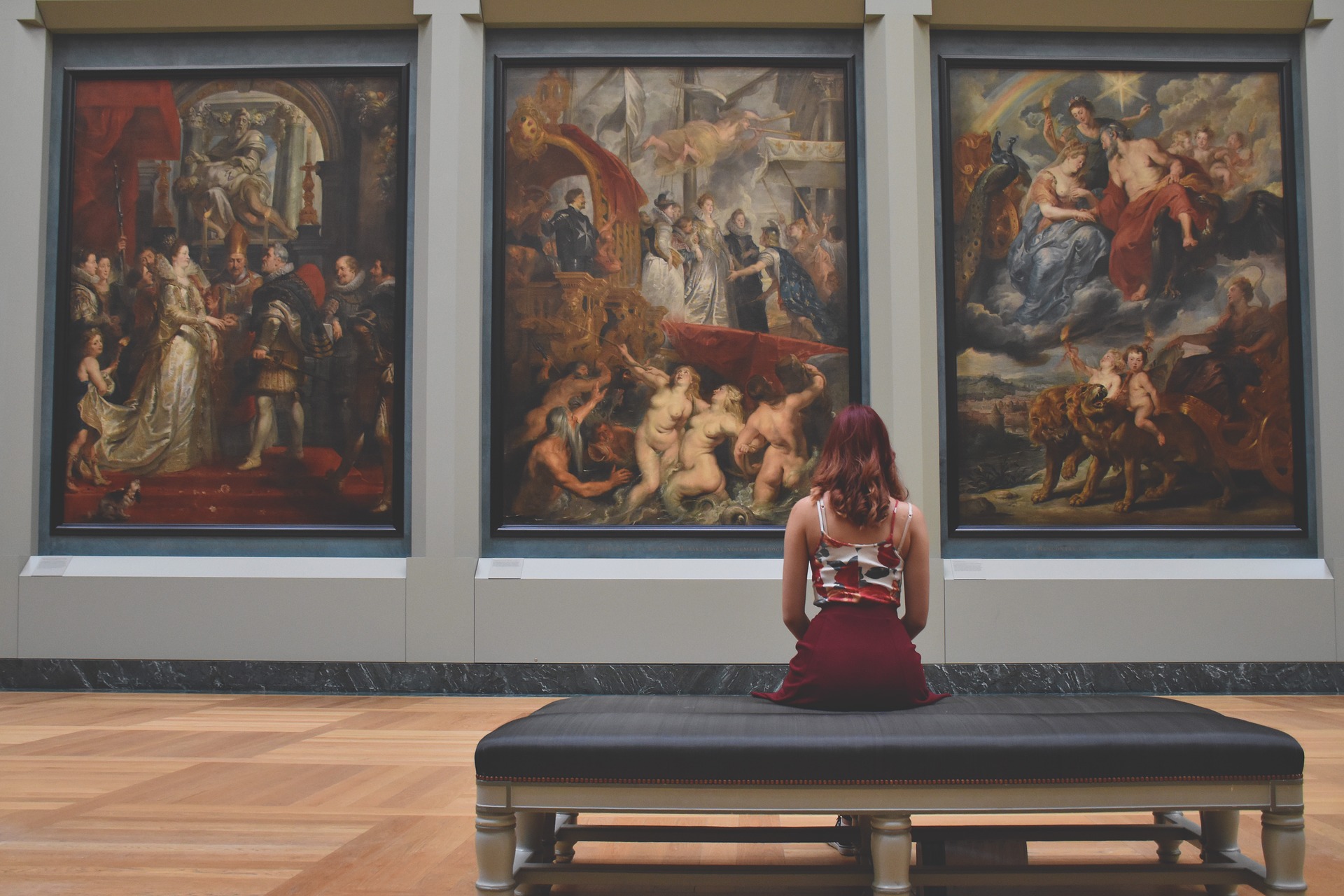Aside from Uzbekistan’s rich collection of mosques, monuments, historic buildings, and World Heritage Sites, did you know that it is home to more than 100 museums? Whether you’re a fan of Central Asian flora and fauna, a student of Soviet history, or an enthusiast of classical Islamic architecture, Uzbekistan’s museums offer something for everyone. Read on for a roundup of eight museums you’ll want to add to your itinerary.
-
The State Museum of Arts
Celebrating its 100th anniversary this year, the State Museum of Arts in Tashkent is the oldest museum of art in Central Asia. The museum’s collection of more than 3,000 exhibits—from ceramics to paintings spanning two millennia of history—offers visitors a unique opportunity to trace the evolution and development of Uzbek culture, and highlights the important role that the region played as a vital Silk Road trading hub.

-
Amir Timur Museum
The glory days of the Timurid empire—the dynasty founded by the conqueror Timur in the 14th century—are resplendently on display at the Amir Timur Museum. There’s no better place to get a feel for the history and heritage of this bygone era: objects on display include ornate imperial robes, coins, ceramics, and astronomical and musical instruments. A particularly unique attraction is the gallery of Timur portraits created by contemporary Uzbek artists.
-
Museum of Applied Arts
Traditional Uzbek arts and crafts had a chance to shine at the Museum of Applied Arts, housed in a mansion formerly belonging to a Russian diplomat. The museum’s diverse collection showcases thousands of art pieces and handicrafts: everything from traditional clothing, embroidery, and jewelry to pottery and glasswork can be found here. Don’t forget to stop at the gift shop before you leave to pick up an authentic handmade souvenir.
-
Ulugh Beg Observatory
Two centuries before Galileo invented the telescope, the ruler, scientist, and scholar Ulugh Beg studied the stars at the enormous observatory he had built in Samarkand. The observatory attracted some of the leading minds in the Islamic world during Ulugh Beg’s time, but much of the original building was destroyed shortly after his death. However, you can still explore his legacy at the Ulugh Beg Observatory, a reconstructed building where the massive, 40-meter long sextant that Ulugh Beg built—a sophisticated instrument in the shape of a curving stone arch used for measuring the positions of the stars—has been preserved.

-
State Museum of Nature of Uzbekistan
Uzbekistan’s first museum, the State Museum of Nature of Uzbekistan, was established by Russian scientists in 1876. While it has undergone several changes over the years, the museum today offers a wonderfully comprehensive tour of the environment and natural history of Uzbekistan through a diverse array of geological, geographical, and zoological exhibitions. Interestingly, 300,000 of the roughly 400,000 specimens and artifacts on display at the museum are insects.
-
Museum of Winemaking at Khovrenko Winery
Winemaking may not be the first thing that comes to mind when you think of Uzbekistan, but this museum is sure to change that. In the mid-1800s, the Uzbek city of Samarkand was growing several excellent varieties of grape that were renowned for their high sugar content. Newly arrived Russian entrepreneurs spotted the potential of these grapes, opened Uzbekistan’s first winery, and propelled Uzbek wines to world attention. Although the establishment of the Soviet regime disrupted the country’s burgeoning winemaking activities, the original winery is now operating once more under the name Khovrenko Winery. You can drink in this fascinating history at the winery’s adjacent Museum of Winemaking.
-
Gijduvan Ceramics Museum
Pottery is one of the most essential handicrafts of Central Asia, and potters have traditionally been among the region’s most celebrated artisans. You can obtain a sense of the cultural legacy of potters—and of the skill they use in plying their trade—at the Gijduvan Ceramics Museum. A small town in the Bukhara region, Gijduvan has deep roots in the ceramic arts, and pieces made in Gijduvan are easily recognizable by their distinctive geometric designs and rich use of color, especially green and blue. Explore some of the most stunning examples of this folk art at the museum, and leave with your very own piece from the gift shop.

-
International Caravanserai of Culture
Opened in 2002, the International Caravanserai of Culture is a unique museum and scientific and cultural center representing a meeting place for Eastern cultures. The inspiration for the center arose from a 1999 meeting between Tursunali Kuziev, the chairman of the Academy of Arts of Uzbekistan, and Ikuo Hirayama, the celebrated Japanese painter, where they conceived of the idea of establishing a cultural center in Tashkent dedicated to the legacy and history of the Silk Road. Today, with its unique exhibitions and working laboratory premises, the Caravanserai of Culture is a major attraction for scholars, researchers, and tourists alike.

Sorry, comments are closed for this post.